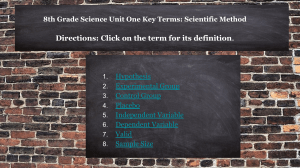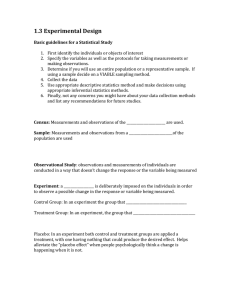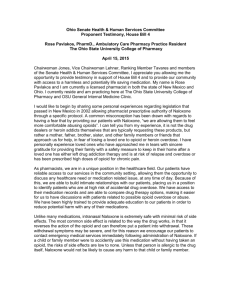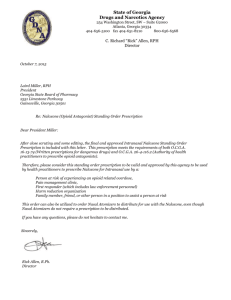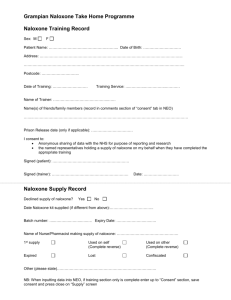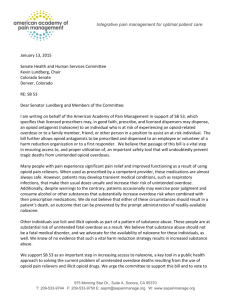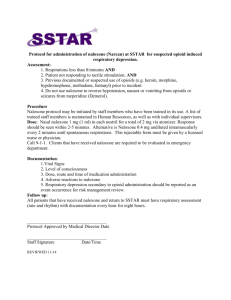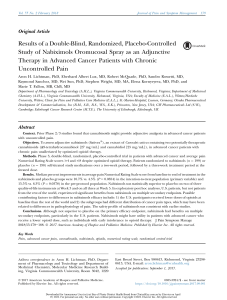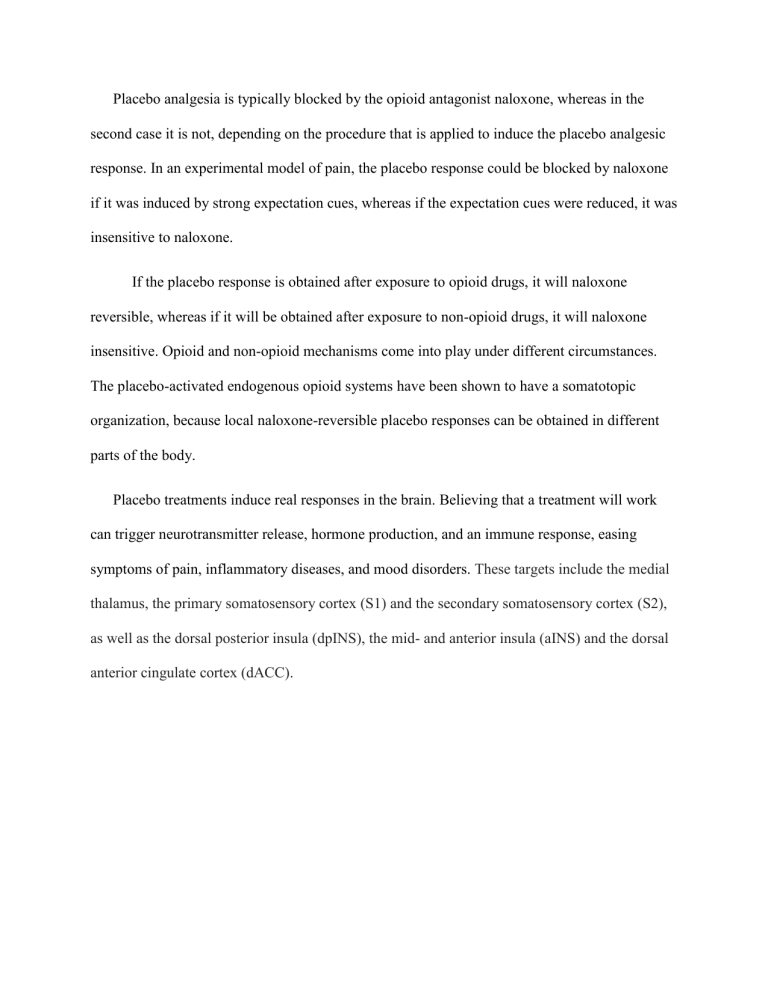
Placebo analgesia is typically blocked by the opioid antagonist naloxone, whereas in the second case it is not, depending on the procedure that is applied to induce the placebo analgesic response. In an experimental model of pain, the placebo response could be blocked by naloxone if it was induced by strong expectation cues, whereas if the expectation cues were reduced, it was insensitive to naloxone. If the placebo response is obtained after exposure to opioid drugs, it will naloxone reversible, whereas if it will be obtained after exposure to non-opioid drugs, it will naloxone insensitive. Opioid and non-opioid mechanisms come into play under different circumstances. The placebo-activated endogenous opioid systems have been shown to have a somatotopic organization, because local naloxone-reversible placebo responses can be obtained in different parts of the body. Placebo treatments induce real responses in the brain. Believing that a treatment will work can trigger neurotransmitter release, hormone production, and an immune response, easing symptoms of pain, inflammatory diseases, and mood disorders. These targets include the medial thalamus, the primary somatosensory cortex (S1) and the secondary somatosensory cortex (S2), as well as the dorsal posterior insula (dpINS), the mid- and anterior insula (aINS) and the dorsal anterior cingulate cortex (dACC).
